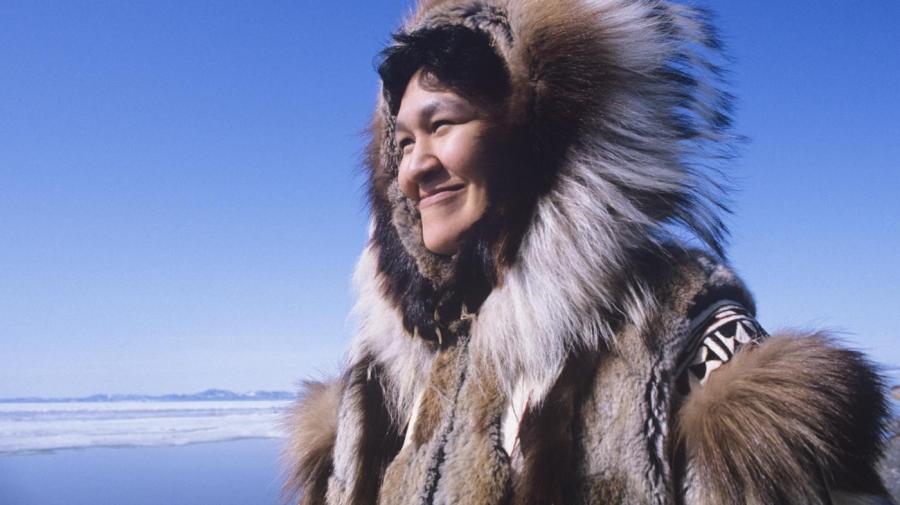What Are Some Facts About the Inuit People?

The indigenous people of the Arctic are the Inuit, which means “the people.” An individual member is referred to as “Inuk,” or “the person.” Inuit are native to northern Canada, Alaska, Greenland and Siberia. Formerly, the Inuit were known as “Eskimos,” which is a Native American word for “eaters of raw meat.”
Though Inuit from different areas have distinct languages and dialects, they are all part of the Inuit-Aleut language family. There is an Eastern Branch — Inuktitut languages — and a Western Branch — Yupik languages.
Originally, Inuit were hunters and gathers who lived in different locations according to the season. During the winter, groups of about 100 people came together, but summer hunting groups had fewer than 12 members. The Inuit ate what they collected from their environment, such as seal, whale, duck, caribou, fish and berries. As of 2014, these are still important foods for a large number of Inuit.
Historically, the roles of the Inuit were well-defined, and children were trained in the adult responsibilities. Men hunted while women took care of household tasks, such as making clothing from caribou and seal skins. Men used bows and arrows made from animals to hunt in the summer. Tusk, ivory or bone was used to fashion “iggaak,” or snow goggles. These were needed in the spring to protect eyes from the glare of the sun off the snow, especially during periods of 24-hour sunlight.





